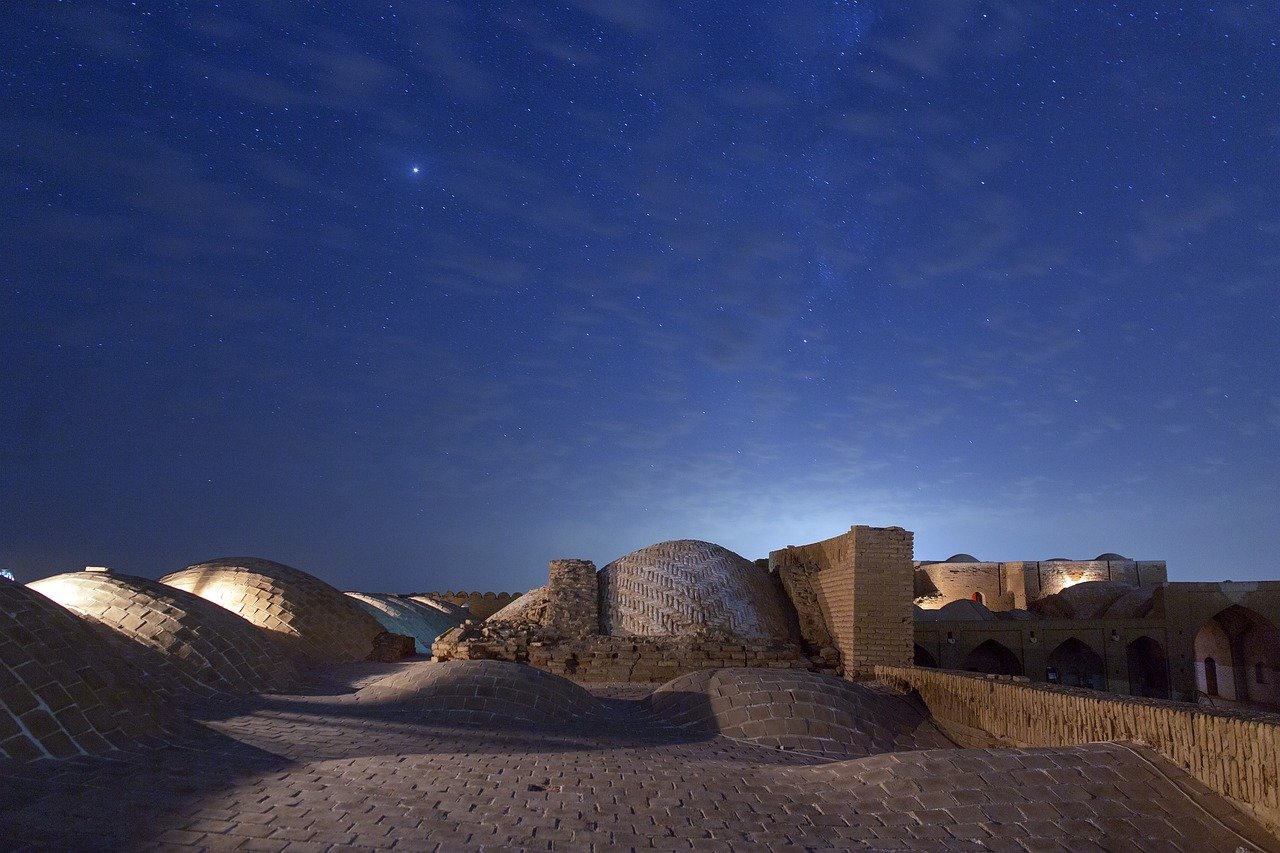 Captivating stories have the power to transport us to different eras, unlocking the treasures of history. When it comes to marketing historical sites, content is king. By weaving compelling narratives and leveraging the art of storytelling, content marketing becomes an invaluable tool to engage visitors and ignite their curiosity about the past.
Captivating stories have the power to transport us to different eras, unlocking the treasures of history. When it comes to marketing historical sites, content is king. By weaving compelling narratives and leveraging the art of storytelling, content marketing becomes an invaluable tool to engage visitors and ignite their curiosity about the past.
Content marketing is the art of creating and sharing valuable and relevant content to engage and attract a specific audience. For historical sites, it involves showcasing the rich narratives and unique heritage that make them exceptional destinations. By creating high-quality content, historical sites can build an emotional connection with visitors, driving interest, and fostering a desire to explore further.
Unveiling Untold Stories
Historical sites are brimming with untold stories waiting to be discovered. Content marketers can weave captivating narratives by delving deep into their history, researching remarkable events, and highlighting lesser-known anecdotes. By presenting these stories in an engaging and accessible manner, visitors can develop a personal connection with the site and its heritage.
Inspiring Connection with the Past
One of the key objectives of content marketing for historical sites is to evoke emotion. By tapping into the power of nostalgia, awe, and curiosity, marketers can transport visitors to different eras, allowing them to experience the past firsthand. Emotional connections serve as a catalyst for visitor engagement, fostering a desire to explore, learn, and share their experiences.
Enhancing the Visitor Experience
Words alone may not fully immerse visitors in the historical site’s ambiance. Integrating multimedia elements such as images, videos, virtual tours, and interactive maps can enhance the visitor experience. These elements provide a visual and interactive dimension, enabling visitors to envision themselves in the historical context.
Boosting Visibility and Reach
To ensure maximum visibility, content marketing efforts for historical sites must be complemented by effective search engine optimization (SEO) strategies. By conducting keyword research, optimizing website structure, and creating relevant and informative content, historical sites can rank higher on Google, driving organic traffic and attracting potential visitors.
Connecting with a Wider Audience
Social media platforms offer a powerful avenue to connect with a wider audience. By sharing captivating stories, historical facts, behind-the-scenes glimpses, and user-generated content, historical sites can foster a sense of community and engage with visitors more personally. Regular updates, interactive quizzes, and contests can further enhance engagement and virality.
Encouraging Visitor Engagement
Encouraging visitors to share their experiences through user-generated content (UGC) is an effective way to create a sense of authenticity and build a community around the historical site. By implementing social media campaigns, hashtags, and contests that encourage visitors to share their stories, photos, and videos, historical sites can amplify their reach and generate organic buzz.
Content marketing has emerged as a powerful tool for marketing historical sites, enabling them to tell their stories and engage visitors in a meaningful way. Historical sites can unlock the full potential of content marketing by crafting captivating narratives, evoking emotions, incorporating multimedia elements, optimizing for search engines, leveraging social media, encouraging user-generated content, and measuring key metrics.
With each piece of content, they have the opportunity to transport visitors through time, igniting their curiosity, and inspiring a deep connection with the past. So let the tales unfold, and the historical sites come alive through the art of content marketing.

